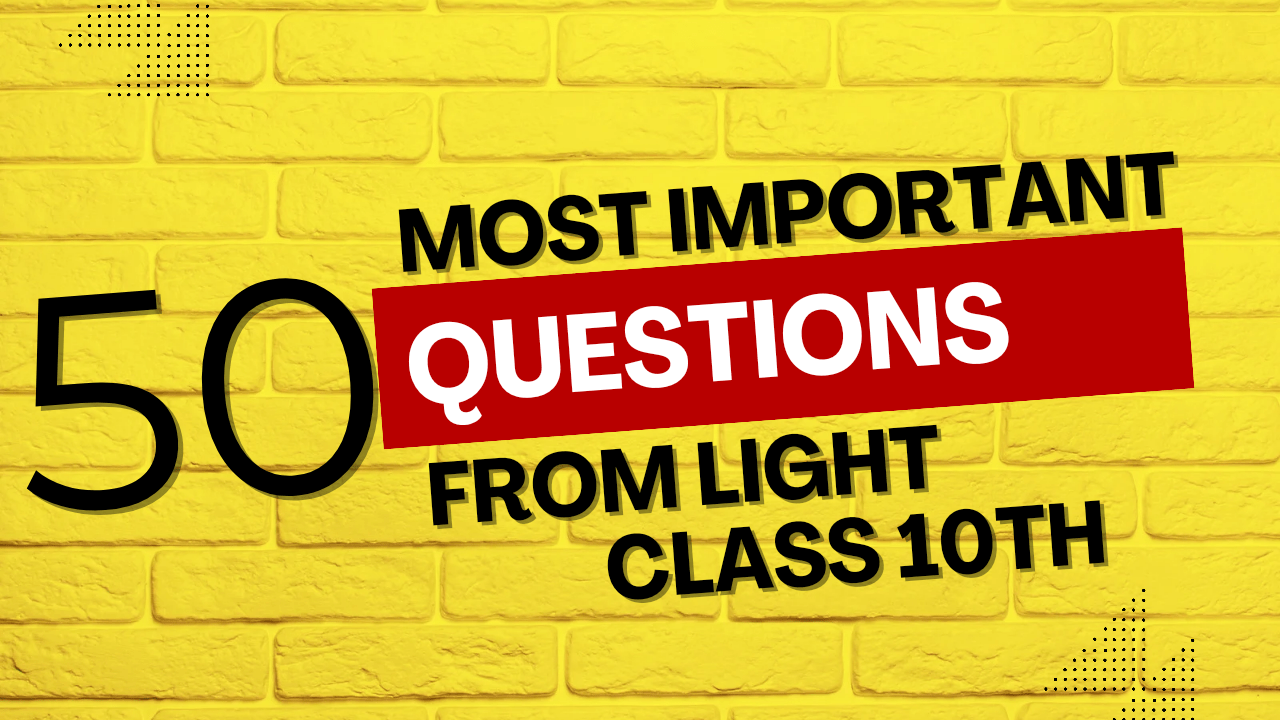Exercise 11.4 Solutions (Class 9)
Surface Areas and Volumes
(Assume π = 22/7, unless stated otherwise)
1. Find the volume of a sphere whose radius is:
Formula: Volume of a sphere = (4/3)πr³
(i) 7 cm
Volume = (4/3) × (22/7) × 7³ = (4/3) × 22 × 49 = 4312/3 ≈ 1437.33 cm³.
(ii) 0.63 m
Volume = (4/3) × (22/7) × (0.63)³ ≈ 1.05 m³.
2. Find the amount of water displaced by a solid spherical ball of diameter:
Amount of water displaced = Volume of the sphere.
(i) 28 cm
Radius (r) = 28/2 = 14 cm.
Volume = (4/3) × (22/7) × 14³ = 34496/3 ≈ 11498.67 cm³.
(ii) 0.21 m
Radius (r) = 0.21/2 = 0.105 m.
Volume = (4/3) × (22/7) × (0.105)³ ≈ 0.004851 m³.
3. The diameter of a metallic ball is 4.2 cm. What is the mass of the ball, if the density of the metal is 8.9 g per cm³?
Step 1: Find the volume of the ball.
Diameter = 4.2 cm, so radius (r) = 2.1 cm.
Volume = (4/3)πr³ = (4/3) × (22/7) × (2.1)³ = 38.808 cm³.
Step 2: Calculate the mass.
Mass = Volume × Density = 38.808 × 8.9 ≈ 345.39 g.
Answer: The mass of the ball is approximately 345.39 g.
4. The diameter of the moon is approximately one-fourth of the diameter of the earth. What fraction of the volume of the earth is the volume of the moon?
Let diameter of Earth be dE and radius be rE.
Let diameter of Moon be dM and radius be rM.
Given: dM = (1/4)dE. This implies rM = (1/4)rE.
Volume of Moon (VM) = (4/3)πrM³ = (4/3)π((1/4)rE)³ = (4/3)π(rE³/64).
Volume of Earth (VE) = (4/3)πrE³.
Fraction = VM / VE = [ (4/3)π(rE³/64) ] / [ (4/3)πrE³ ] = 1/64.
Answer: The volume of the moon is 1/64 of the volume of the earth.
5. How many litres of milk can a hemispherical bowl of diameter 10.5 cm hold?
Diameter = 10.5 cm, so radius (r) = 5.25 cm.
Volume of hemisphere = (2/3)πr³ = (2/3) × (22/7) × (5.25)³ ≈ 303.1875 cm³.
Since 1000 cm³ = 1 litre, Capacity = 303.1875 / 1000 ≈ 0.303 litres.
Answer: The bowl can hold approximately 0.303 litres of milk.
6. A hemispherical tank is made up of an iron sheet 1 cm thick. If the inner radius is 1 m, then find the volume of the iron used to make the tank.
Inner radius (r) = 1 m = 100 cm.
Thickness = 1 cm.
Outer radius (R) = 100 + 1 = 101 cm.
Volume of iron = (Outer Volume) – (Inner Volume)
= (2/3)πR³ - (2/3)πr³ = (2/3)π(R³ - r³)
= (2/3) × (22/7) × (101³ – 100³)
= (44/21) × (1030301 – 1000000) = (44/21) × 30301 ≈ 63487.81 cm³.
Converting to m³: 63487.81 / (100)³ ≈ 0.06348 m³.
Answer: The volume of the iron used is approximately 0.06348 m³.
7. Find the volume of a sphere whose surface area is 154 cm².
Step 1: Find the radius from the surface area.
Surface Area = 4πr² = 154
4 × (22/7) × r² = 154 => r² = (154 × 7) / (4 × 22) = 49/4 => r = 3.5 cm.
Step 2: Find the volume.
Volume = (4/3)πr³ = (4/3) × (22/7) × (3.5)³ = 179.67 cm³ (approx).
Answer: The volume of the sphere is 179.67 cm³.
8. A dome of a building is in the form of a hemisphere… find (i) inside surface area of the dome, (ii) volume of the air inside the dome.
Total cost = ₹4989.60. Rate = ₹20 per m².
(i) Inside surface area of the dome (CSA)
Area = Total Cost / Rate = 4989.60 / 20 = 249.48 m².
(ii) Volume of the air inside the dome
First, find the radius from the surface area.
CSA = 2πr² = 249.48 => 2 × (22/7) × r² = 249.48 => r² ≈ 39.69 => r ≈ 6.3 m.
Volume = (2/3)πr³ = (2/3) × (22/7) × (6.3)³ ≈ 523.9 m³.
9. Twenty seven solid iron spheres, each of radius r and surface area S are melted to form a sphere with surface area S’. Find the (i) radius r’ of the new sphere, (ii) ratio of S and S’.
(i) radius r’ of the new sphere
Volume of new sphere = 27 × (Volume of a small sphere).
(4/3)π(r')³ = 27 × (4/3)πr³
(r’)³ = 27r³ => r’ = ∛(27r³) = 3r.
(ii) ratio of S and S’
S = 4πr².
S’ = 4π(r')² = 4π(3r)² = 4π(9r²) = 36πr².
Ratio S / S’ = (4πr²) / (36πr²) = 4/36 = 1/9.
Answer: The new radius r’ = 3r, and the ratio S:S’ is 1:9.
10. A capsule of medicine is in the shape of a sphere of diameter 3.5 mm. How much medicine (in mm³) is needed to fill this capsule?
The amount of medicine needed is equal to the volume of the sphere.
Diameter = 3.5 mm, so radius (r) = 1.75 mm.
Volume = (4/3)πr³ = (4/3) × (22/7) × (1.75)³ ≈ 22.46 mm³.
Answer: Approximately 22.46 mm³ of medicine is needed.


